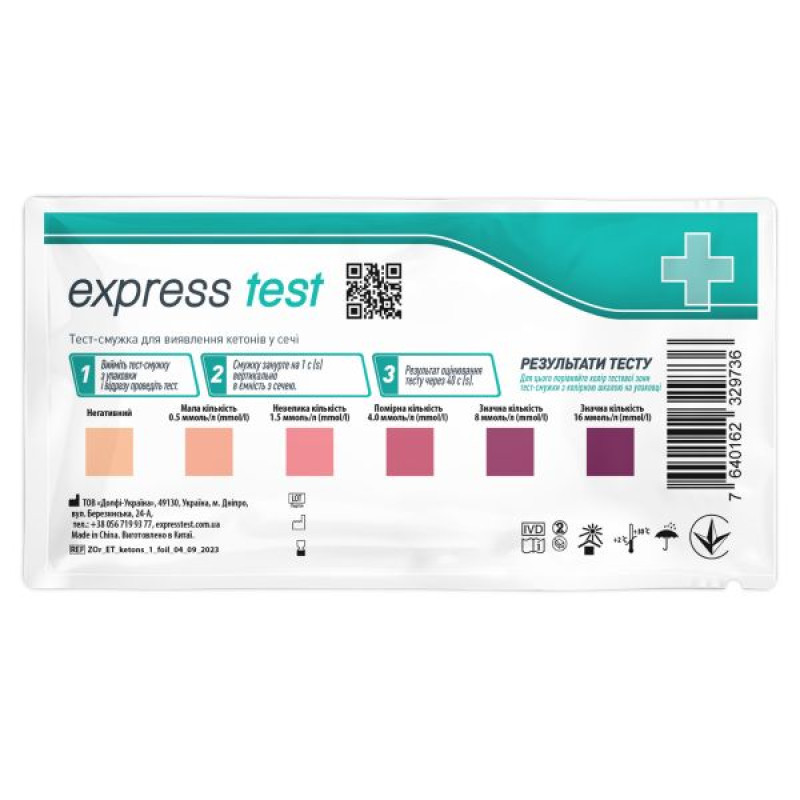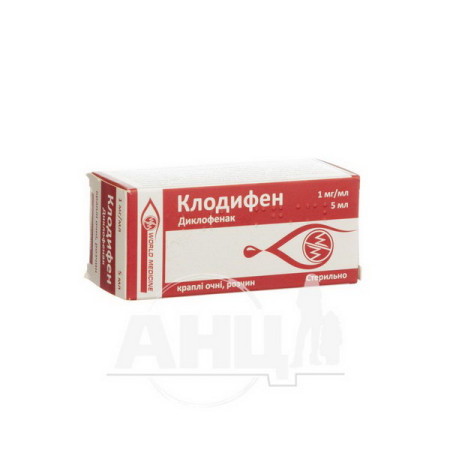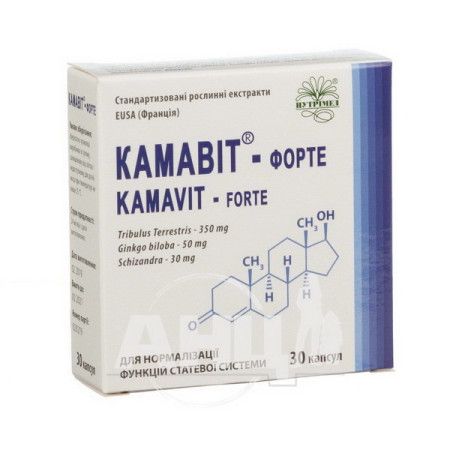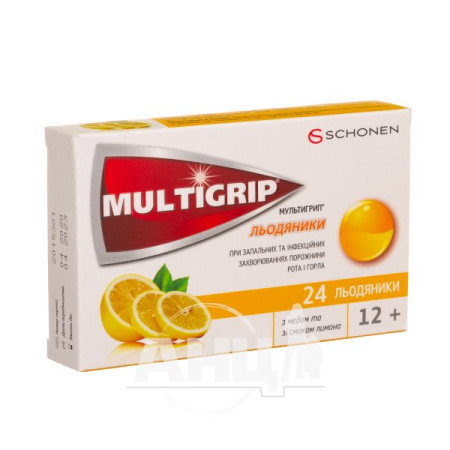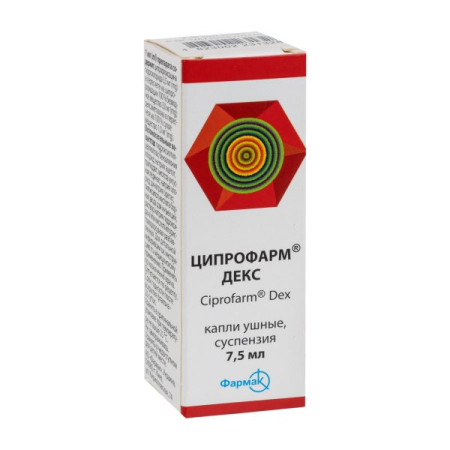Express Test test strips for ketones (acetone test) No. 1
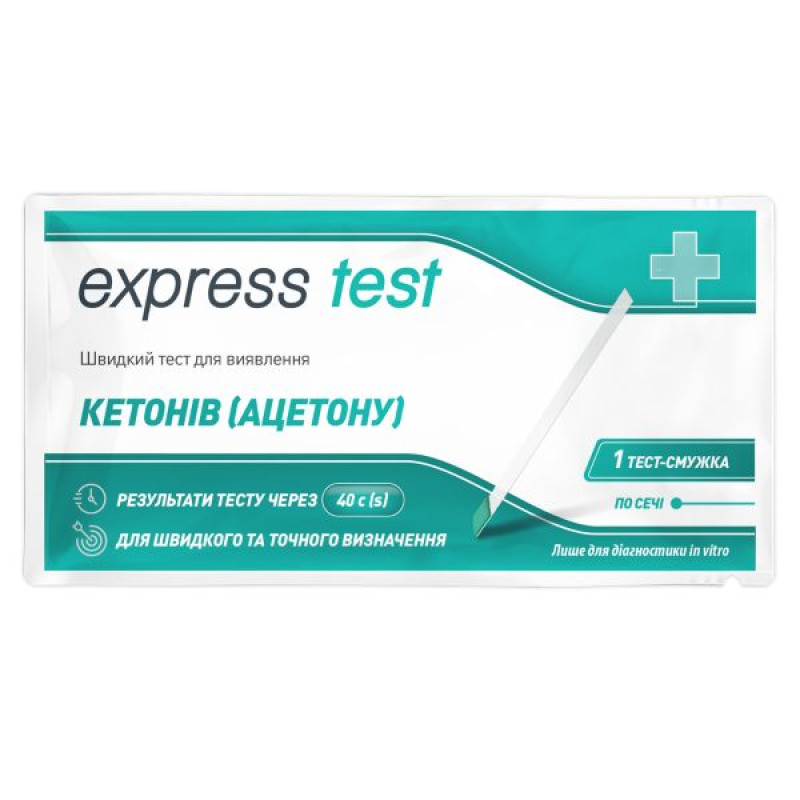
Express Test - one-step indicator test strips for determining ketones in urine.
Diagnosing acetonemic syndrome can be done quickly at home by measuring the level of ketones in the body using diagnostic tests. Tests for determining the number of ketones are aimed at quickly, conveniently and cost-effectively detecting the content of ketones above physiological norms in the body.
Ketone bodies (ketones) are three metabolic products: β-hydroxybutyric acid, acetoacetic acid, and acetone. They are formed mainly in the mitochondria of the liver. They are products of incomplete oxidation of carboxylic acids, carbohydrates, and ketogenic amino acids. The test is based on the principle of the Legal test, this analysis reacts with acetoacetic acid in the urine. The accumulation of ketone bodies leads to the occurrence of acetonemic syndrome.
Symptoms that may indicate the presence of elevated levels of ketones in the urine:
The presence of bad breath and the taste of acetone in the mouth, children usually complain of pain in the navel area, general weakness of the body, drowsiness, enlarged liver, spastic (convulsive) pain in the abdomen, headache (the head can hurt both constantly and episodically), loss of appetite, nausea, lethargy.
Possible causes of ketones in the urine:
· In women during pregnancy: toxicosis of the first half and gestosis of the second half; liver diseases; starvation; unbalanced strict diet, which involves the consumption of a significant amount of fats and carbohydrates in combination with a small amount of proteins; infectious diseases accompanied by severe intoxication; hormonal disorders; oncological disease.
· In children: the predominance of foods containing a significant amount of fat in the diet is the most common cause; overwork, the presence of colds; unhealthy diet; stress; emotional arousal.
· In adults: diabetes mellitus, more often type 1 or long-standing type 2, is the most common cause; fatty and protein foods; stress, etc.
Method of application:
· Remove the test strip from the sealed package and test immediately.
· Dip the test strip into the urine for no longer than one second.
· After 40 seconds, compare the areas for analysis with the color scale on the packaging.
Shelf life of unopened packaging: 30 months
Shelf life after opening: 90 days.
Storage conditions: store at a temperature of +2 °C to +30 °C.
There are no reviews for this product.
There are no reviews for this product, be the first to leave your review.
No questions about this product, be the first and ask your question.



